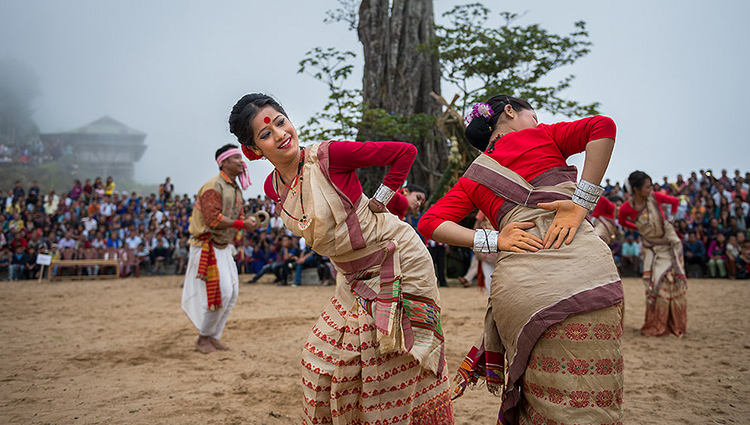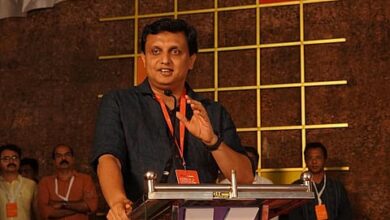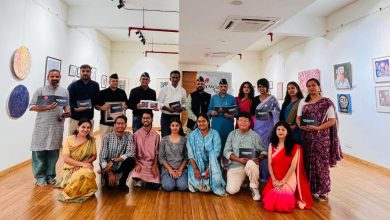
Uncharted Festivals of Northeast India: A Tapestry of Ancient Rituals and Timeless Culture
By Saswat Mishra
India is well known for showing their traditional and cultural festivals in a magnificent and a huge grandeur. With every part of India well known for particular festivals, which is currently quiet famous globally as well, like Janmashtami, Maha Shivratri, Ganesh Chaturthi, Durga Puja, etc, the North Eastern side of India have their set of festivals culturally rooted for their own land. Some of those have been known to us, but never celebrated globally.
Bihu, Assam:
This is an Assamese New Year celebration. Known locally as Bohag Bihu, this is one of the greatest festivities in Assam. Each of the three forms of it, Rongali Bihu or Bohag, Kongali Bihu or Kaati, and Bhogali Bihu or Maagh, are popular three times a year. Starting on April 14th, the celebration spans over seven days. The bulls are washed and fed on their first day. People dress themselves up and give each other Gamosas on the day of the major event. At this point, the tribe’s young people perform the Bihu dance. A number of Assamese specialties are made during this celebration.
Hornbill Festival, Nagaland:
One of the biggest and most well-known events in Northeast India is the Hornbill Festival, which is also a major attraction for visitors to Nagaland. The festival, which takes its name from the state’s most beloved bird, honours the legacy of the 16 local tribes, who demonstrate their prowess in both hunting and warfare through dancing. The Hornbill Festival has expanded over the years to include a night market and the Hornbill National Rock Show, which draws musicians from all across India to participate.
Wangala Festival, Meghalaya:
The Garo tribe celebrates Wangala festival, an annual event, during the second week of November. This post-harvest celebration pays tribute to Misi Saljong. The Nokma, or Principal, of the tribe performs the rituals, and the offerings are made out of vegetables, cooked rice, and brewed beer. The festival is also known as the 100 Drum Festival, and the music is the main attraction.
Lossong, Sikkim:
Lossong is observed every December with huge grandeur. In Sikkim, the harvest season begins with this event. Although nearly all Sikkimese residents today celebrate this holiday, its main promoters were the Bhutia and Lepcha people. The Sikkim black hat dance is globally known, including dancers wearing large black masks and engaging in role-playing combat. Chaang, a red wine from the neighbourhood, is prepared and consumed with ease. The archery competitions that take place around the state during the Lassong festival in Sikkim are another noteworthy event. The native Sikkimese tribes’ dance and theatrical styles are well-represented culturally by Lasoong.
Myoko Festival, Arunachal Pradesh:
A month-long celebration, Myoko is observed by the Apatani tribe in Arunachal Pradesh. Three villages alternate in celebrating it. The priests undertake fertility, cleansing, and prosperity-related rites that are the main attraction of the entire celebration. The festivities include cultural events like dancing, music, etc. Pigs are offered as sacrifices as part of the custom. Prior to the sacrifice, women sprinkle flour and rice beer on the pigs, while priests called as shamans chant holy prayers and mantras.
Along with these big-time festivals, there are many more culturally famous and fun filled celebrations in the North East India which are culturally rooted to their traditions.




